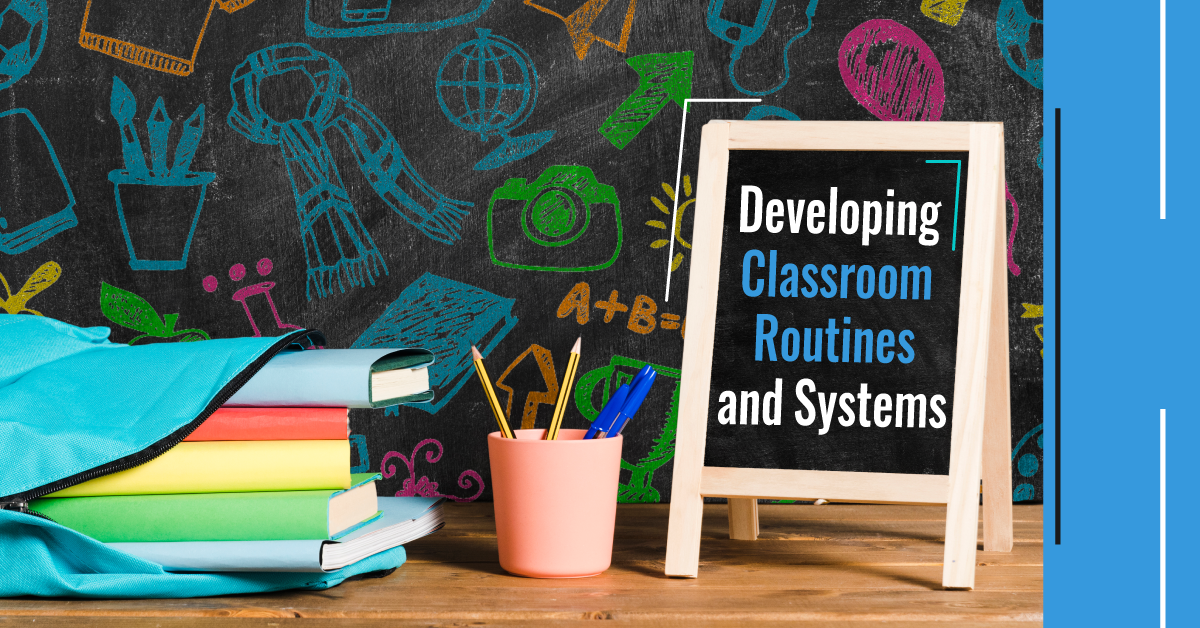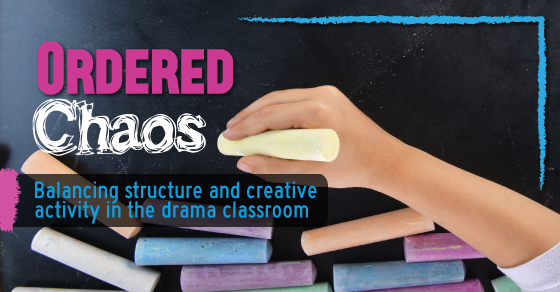Horror Movie 101: Failing Can Be Deadly by Steven Stack is a chilling mix of horror and humor - perfect for student performers and the spooky season! 👻
Forms and Paperwork You Need to Get Your Drama Classes Started Out Right
The beginning of a new term is a busy time: getting to know your students, establishing classroom routines, building trust, and creating an ensemble mindset. While it may not be as fun and interesting as warm-ups or improv games, having the right paperwork in place will definitely help save you headaches later. Clear forms help establish classroom expectations for work and behaviour, communicate with families, collect important student information, and protect both you and your students. If problems arise in the future, having a good paper trail in place can help to iron out the situation in the moment.
These forms can be physical or digital, depending on your needs; oftentimes both are useful and necessary. Here’s a list of some documents you may wish to use in your classroom, and how they can support you and your students:
1. A course overview / syllabus that describes what topics the class will be covering and when, so students know what to expect, what they need to prepare for, and when in the course they’ll be focusing on a particular topic. If students need to bring in any supplies from home or wear (or avoid) particular clothing in class, this information should be included with the syllabus.
2. A detailed calendar or checklist noting assignment due dates, test dates, performance dates and times, field trips, and so on. Some students may wish to have a digital copy that they can refer to on their phone or upload to a calendar app, while others might prefer a physical copy they can put in the front of their binder or stick on the fridge or bulletin board at home.
For production classes with rehearsals or performances outside of class time, or actual school productions, a detailed schedule of rehearsal and performance dates and times in an easy-to-read format that families can post somewhere in their home is essential. Be sure to include all rehearsals, tech week, any special rehearsals such as sitzprobe, and all performances dates, including call times.
3. A getting to know you questionnaire, asking questions about how students like to learn, their previous theatrical experience and/or knowledge, and what outside commitments and other classes they have. Keep these forms confidential, in case students disclose any private or personal information to you.
4. Your classroom code of conduct or community agreements, illustrating behavioural expectations within the drama classroom. Community agreements can be a “living document” (editable throughout the course of the class) housed in your online class area, or a physical board displayed prominently in your classroom. If you use a code of conduct, you may want to include a section at the bottom for students to sign and date, to acknowledge that they have read and understood the classroom expectations.
You can refer back to these documents with students, families, and admin if any behavioural issues arise in the drama classroom.
5. A brief family responsibilities document that the student’s parent/guardian must sign. This document describes how families can best support their students. You may wish to include a brief overview of what students will be studying during the term and reiterate the important dates and times in case students don’t share that information with their families. This way there are fewer excuses for missed classes or rehearsals. Again, you may wish for this to be a form that families sign and date to indicate that they are aware of what’s going on in the drama classroom. You’ll find a sample document in the giveaway below.
6. For auditions, you’ll need paperwork such as sign-up sheets for before the audition, sign-in sheets, actor information sheets, and copies of the scenes that students will read from if you’re doing cold readings. If you use digital files for students, have additional paper copies of all forms at the audition, in case students forgot or lost their initial form of communication.



